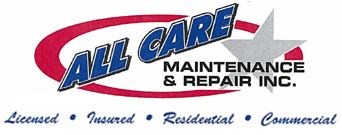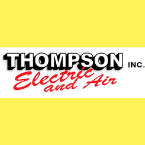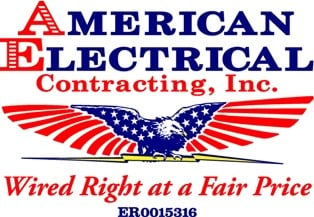
Get matched with top ceiling fan pros in Jacksonville, FL
There are 12 highly-rated local ceiling fan pros.
Need a pro for your ceiling fan service project in Jacksonville, FL?
TRUSTED BY JACKSONVILLE, FL HOMEOWNERS
4.4
Average homeowner rating42
Verified ceiling fan services reviews
Verified Reviews for Ceiling Fan Service pros in Jacksonville, FL
*The Angi rating for Ceiling Fan Service companies in Jacksonville, FL is a rating based on verified reviews from our community of homeowners who have used these pros to meet their Ceiling Fan Service needs.
*The HomeAdvisor rating for Ceiling Fan Service companies in Jacksonville, FL is a rating based on verified reviews from our community of homeowners who have used these pros to meet their Ceiling Fan Service needs.
Last update on October 09, 2025
Find Ceiling fan pros in Jacksonville
No results for Ceiling Fans in
Try adjusting your search criteria.The Jacksonville, FL homeowners’ guide to ceiling fan services
From average costs to expert advice, get all the answers you need to get your job done.

If your ceiling fan stops working due to a bad motor or broken pull chain, here’s what you can expect to pay to get it fixed.

Ceiling fan installation costs depend on many factors, such as installation time and difficulty. Learn more in this complete cost guide for home ceiling fans.

Removing a ceiling fan is an easy task that any handy DIYer can tackle. Follow the five steps in this guide to learn how to remove a ceiling fan.

A fan that isn’t tightly and properly connected can pose risks to your family and home. Knowing who to hire to install a ceiling fan is affordable and safe.

Learn how to wire a ceiling fan with a light directly from a power source or wall switch and add a convenient remote control. Follow this step-by-step guide.

Does your ceiling fan wobble every time you turn it on? Use this guide to locate the source of the problem and learn how to balance a ceiling fan yourself.
- Fleming Island, FL Ceiling fan pros
- Lakeside, FL Ceiling fan pros
- Orange Park, FL Ceiling fan pros
- Atlantic Beach, FL Ceiling fan pros
- Fruit Cove, FL Ceiling fan pros
- Middleburg, FL Ceiling fan pros
- Jacksonville Beach, FL Ceiling fan pros
- Bryceville, FL Ceiling fan pros
- Neptune Beach, FL Ceiling fan pros
- Ponte Vedra Beach, FL Ceiling fan pros
- Ponte Vedra, FL Ceiling fan pros
- Callahan, FL Ceiling fan pros
- Green Cove Springs, FL Ceiling fan pros
- Macclenny, FL Ceiling fan pros
- Yulee, FL Ceiling fan pros
- Glen Saint Mary, FL Ceiling fan pros
- Lawtey, FL Ceiling fan pros
- Fernandina Beach, FL Ceiling fan pros
- Amelia Village, FL Ceiling fan pros
- Starke, FL Ceiling fan pros
- Hilliard, FL Ceiling fan pros
- Saint Augustine, FL Ceiling fan pros
- Saint Marys, GA Ceiling fan pros
- Saint Johns, FL Ceiling fan pros
- Kingsland, GA Ceiling fan pros
- Keystone Heights, FL Ceiling fan pros
- Elkton, FL Ceiling fan pros
- Kings Bay, GA Ceiling fan pros
- Hampton, FL Ceiling fan pros
- Melrose, FL Ceiling fan pros







